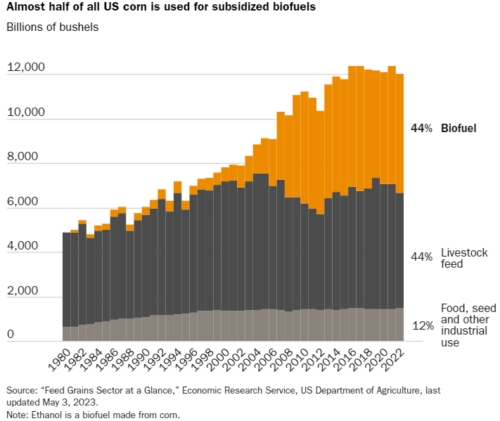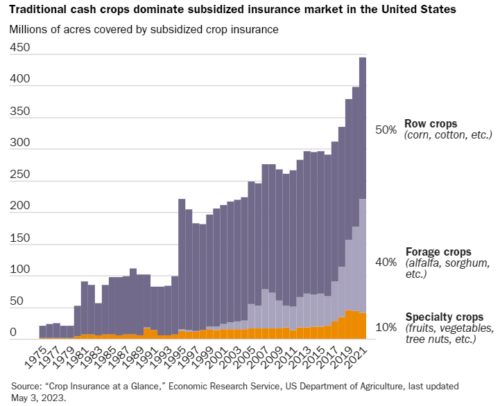Digging into Farm Bill proposals: Is public health possible?
Deeply buried in the 942 pages (I’m not kidding) of the House version of the Farm Bill is this item in the Nutrition title.
TITLE IV—NUTRITION
Subtitle A—Supplemental Nutrition Assistance Program [SNAP]
SEC. 4101. DECLARATION OF POLICY
Congress recognizes the supplemental nutrition assistance program allows low-income households to obtain supplemental food for an active, healthy life. Such assistance should also be designed to prevent—
(1) diet-caused chronic disease, including—
(A) obesity;
(B) diabetes;
(C) hypertension;
(D) heart disease; and
(E) cancer;
(2) disability;
(3) premature death;
(4) unsustainable health care costs; and
(5) undermining of military readiness.Accordingly, it is also the policy of the Congress that the Secretary should administer the supplemental nutrition assistance program in a manner that will provide participants, especially children, access to foods essential to optimal health and well-being.
Comment: I can’t think of a better statement of the need for policies to address chronic disease risks in the population. I’ve never seen anything like this before. It’s thrilling, and deserves wildly enthusiastic support from the public health community.
It is not getting it. On the contrary.
This is disappointing, but we are talking here about the Farm Bill (see my Politico explanation, “The farm bill drove me insane).
To oversimplify: The Farm Bill is a shotgun marriage between Big Ag (Republicans) and SNAP (Democrats).
If Republicans want to support Big Ag, they have to vote for SNAP. If Democrats want to support SNAP, they have to vote for farm supports. This requires extreme compromise and nose-holding.
So why is the public health nutrition community opposed to a bill that includes such a strong statement of public health policy?
For this, see another item buried in the Nutrition title.
Subtitle D—Other Miscellaneous Provisions
SEC. 12401. THRIFTY FOOD PLAN.‘Thrifty food plan’ means the diet required to feed a family of 4 persons …based on relevant market baskets that shall only be changed pursuant to paragraph (3)….
(3) REEVALUATION OF MARKET BASKETS…(C) COST NEUTRALITY.—The Secretary shall not increase the cost of the thrifty food plan based on a reevaluation or update under this paragraph.
Translation: The Thrifty Food Plan, the basis for setting the benefit level for SNAP, cannot be increased. The hunger advocacy community estimates that because of inflation, this will decrease SNAP benefits by $30 billion over the next years.
For the nutrition advocacy community, this is the line in the sand. With this clause in the proposed bill, they have to oppose the whole thing.
Neither of these clauses is in the Senate version.
My proposal: Put section 4101 in the final bill and eliminate 12401.
Hey, I can dream…
[Thanks to Jerry Mande of Nourish Science for keeping me up on Farm Bill progress]



